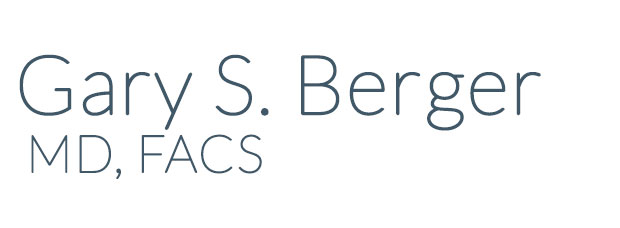Rhinoplasty

Dr. Berger uses one of two techniques. The “closed” technique uses an incision made within the nostrils, thus hiding scars after surgery. The “open” technique adds an incision on the thin bridge of skin on the underside of the nose between the nostrils. This allows the entire internal structure of the nose to be sculpted. This incision heals well and is almost never noticeable in the long term. In both procedures the skin is lifted, the bone and cartilage sculpted, and the skin replaced and stitched closed. A nasal splint is usually in place for a week after surgery. The results are noticeable immediately with most of the swelling gone within a few weeks. Small continued improvement occurs over the next year.
Rhinoplasty is usually an outpatient procedure performed under either local or general anesthesia and lasts one to two hours unless more extensive work needs to be done.
